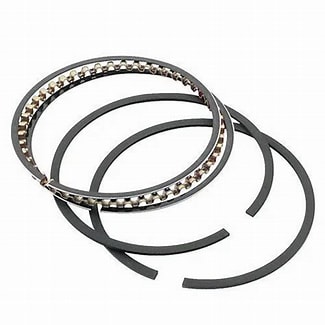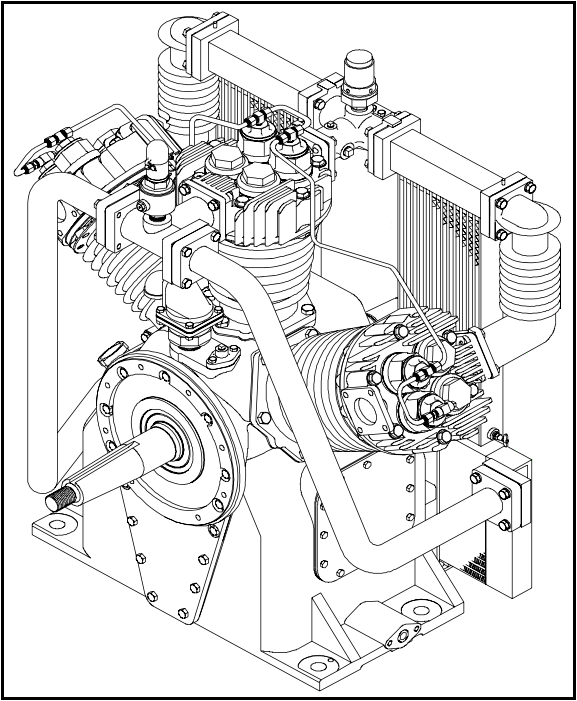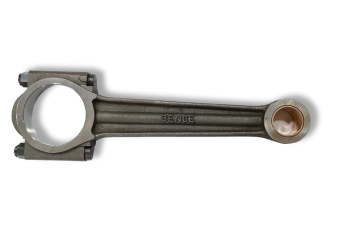How to Maintain Standards for Compressed Air in Trains
Posted by Admin | January 22, 2024
When its Comes to the standards for compressed air in railway systems,maintenance is everything. If a train's air compression system isn't properly maintained, it's likrly to lead to unexpected breakdowns and costly repairs. worst of all, train can get sidelined and be unable to service passengers or move rolling stock. For all parties concerned, the failure of train's air compression system is losing situation.
The solution, of course, is to stop compressed air from becoming contaminated in the first place . This can be accomplished in the following ways.
Water sepration and filltration
Compressed air desiccation
The former protect an air compressor from impurities in the atmospheric air , while the latter removes vapor from compressed air. With the dirt and moisture removed from the equation , railways can rely on compressed air systems for unimpeded power to the key functions of each train for many years to come.
In recent Years , increased awareness over the detriments of air contamination has spurred the development of advanced filtering systems for compressed air . The trend has gained steam in tandem with the move towards conservation and energy efficency, both of which have been aided by the widespread adoption of pneumatic tools and machinery.


